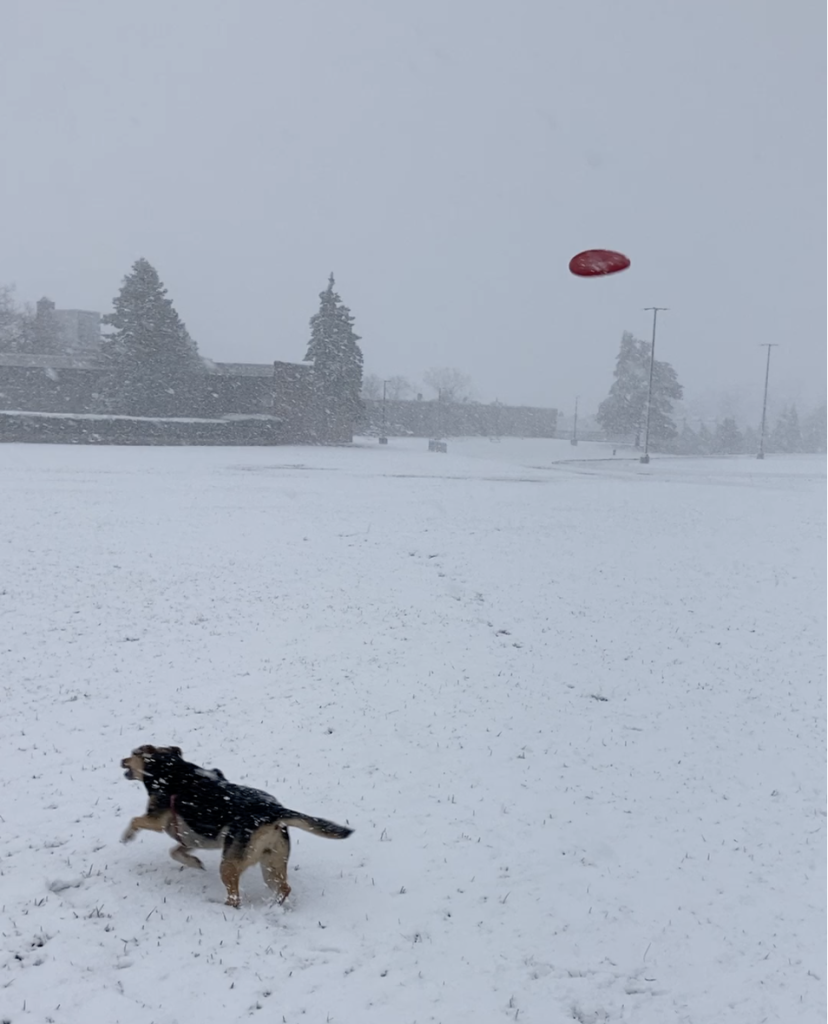
We’ve now had Bella for two years, and our regrets for inviting her into our lives remain, to the nearest approximation, zero. She and Pepper still get along well, though Bella still gets worried when Pepper comes out into the yard while we’re playing ball (Pepper chased her the first few times) and Pepper still doesn’t love Bella’s lurchiness when B has decided a particular room is Mine for the next couple hours.
Nobody’s perfect, and Bella has banged herself up a few times — once it was another dog at fault, the other couple of times it was her own actions that resulted in scars — causing us worry and her confusion. (“Why why why have you covered my paws and wrapped this stiff plastic thing around my head? I’m FINE.”) And though she now knows what heel means, when it suits her, she’s not convinced it’s a good idea until she’s had her fill of sniffing for rabbits, tree rabbits (aka squirrels), and megarabbits (aka deer). And that takes a while, every single day.
But she’s still a very good dog, and we still feel lucky.
So happy Gotcha Day to her and to you. (Click on the link in the caption for some action, and our scarf-muffled voices.)
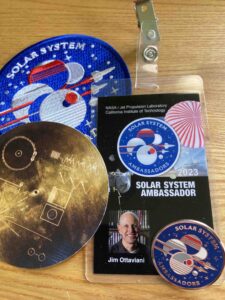 I’ve wanted to earn a NASA mission patch since the Apollo years. (Yeah, I’m of that vintage.) While it’s not a single mission, and I’m not contributing directly to NASA science or engineering, I’ve been selected as one of their 2023 Solar System Ambassadors.
I’ve wanted to earn a NASA mission patch since the Apollo years. (Yeah, I’m of that vintage.) While it’s not a single mission, and I’m not contributing directly to NASA science or engineering, I’ve been selected as one of their 2023 Solar System Ambassadors.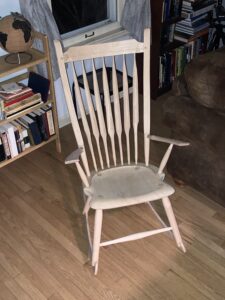
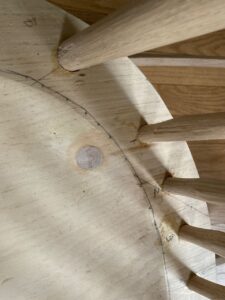
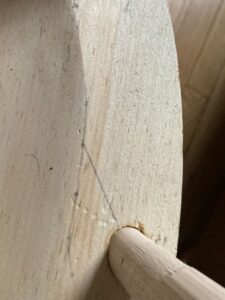
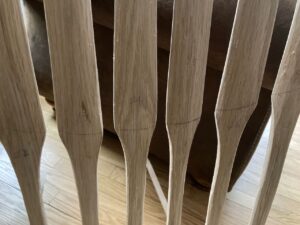

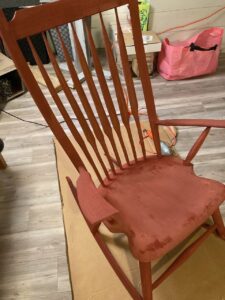
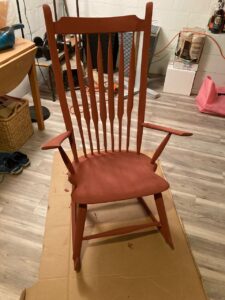
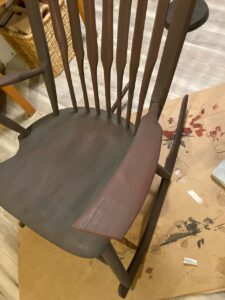



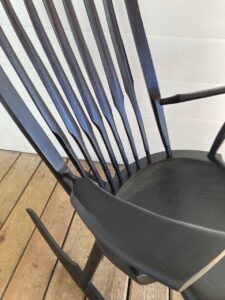
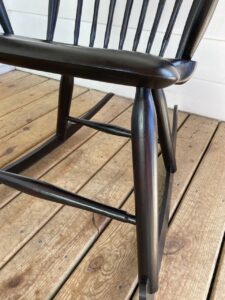
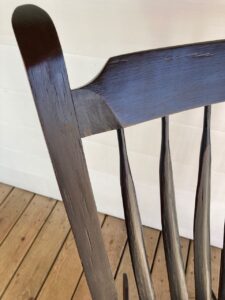
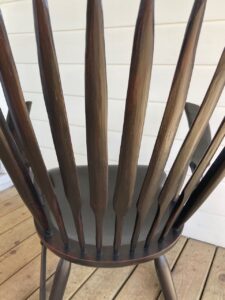
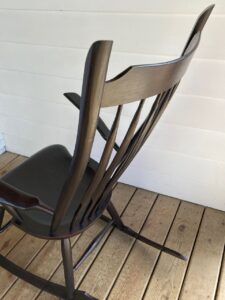
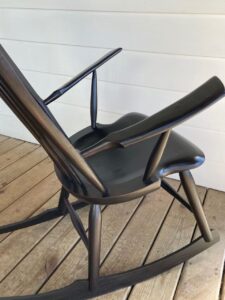
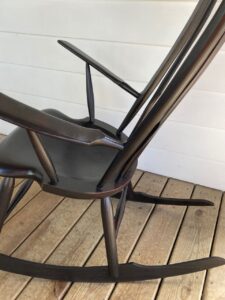
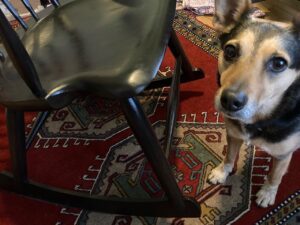
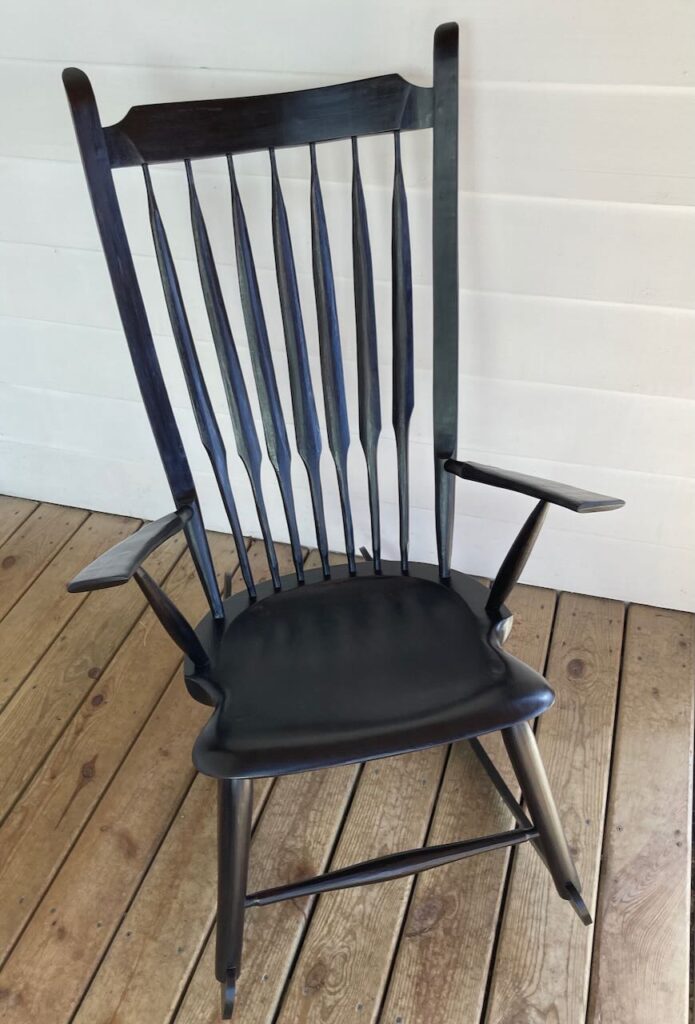
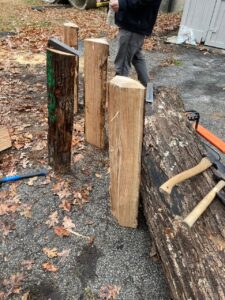

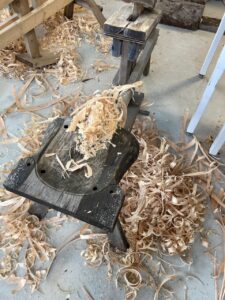
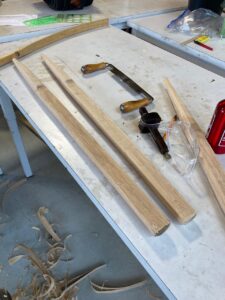
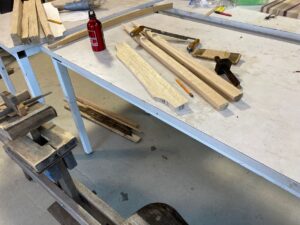


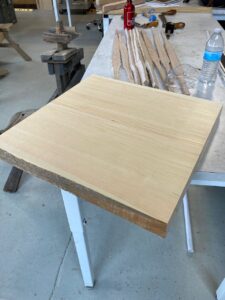




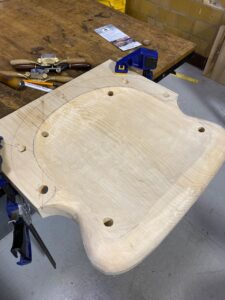
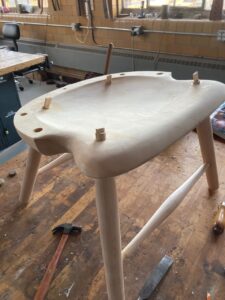

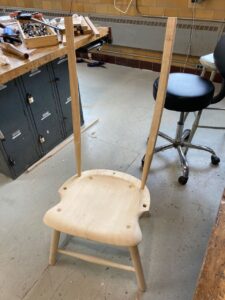
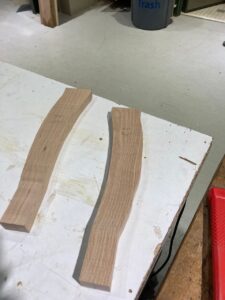
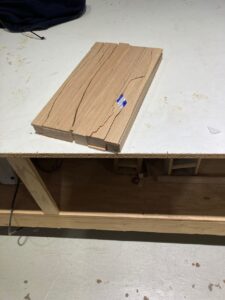
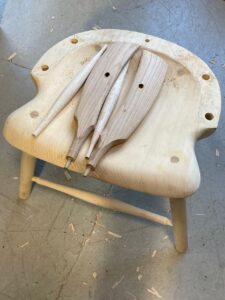
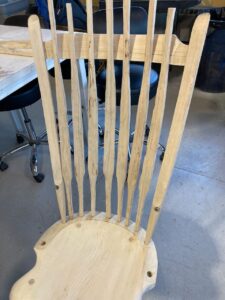
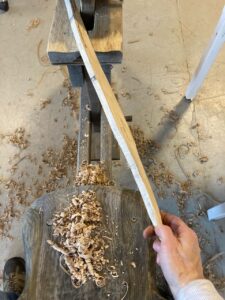

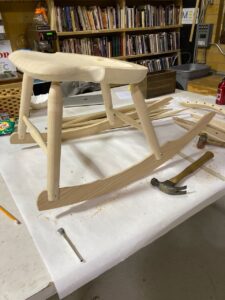

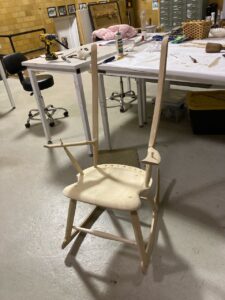
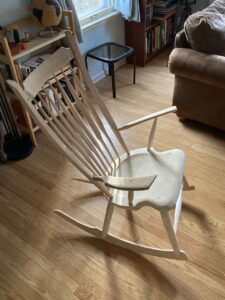
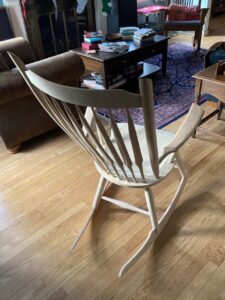
 what
what 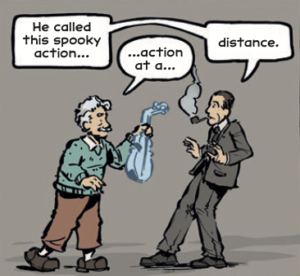 I’ve recently read a few terrific books that are worth telling people about. So let me tell ya…
I’ve recently read a few terrific books that are worth telling people about. So let me tell ya…
